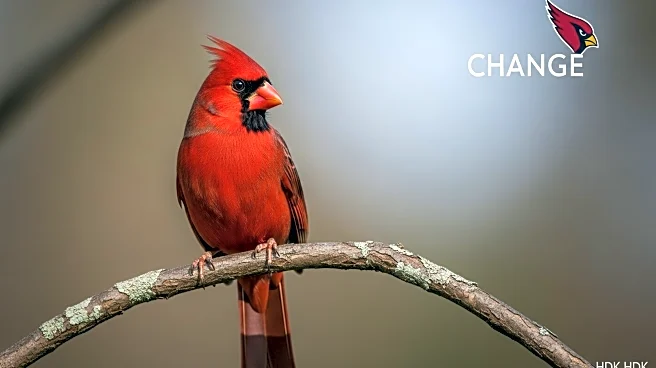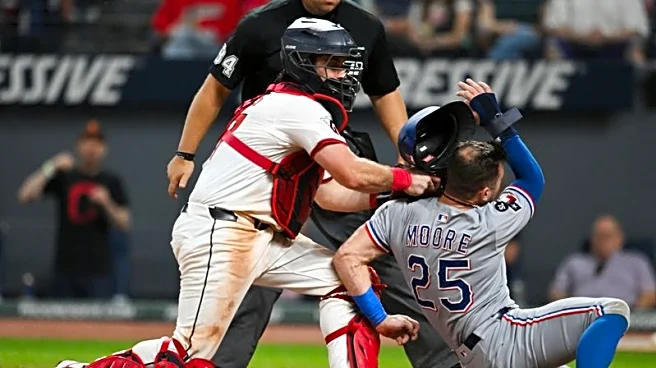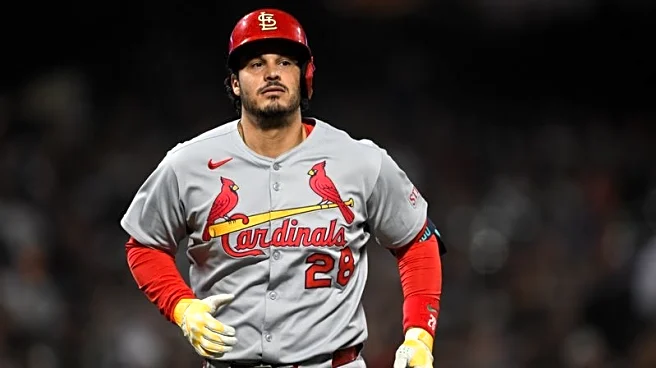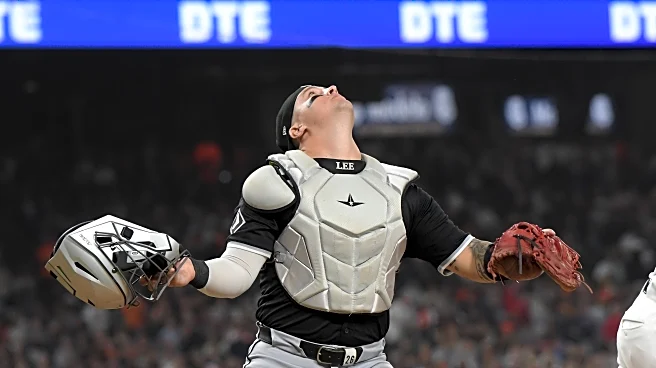Today, the St. Louis Cardinals play their final game of the season. No postseason chase. No champagne-soaked locker room. Just one more lineup card, one more walk to the mound, one more ninth inning. And
then, silence. At least from them. At least for a little while.
Endings can happen a few different ways. Sometimes they’re sudden. Unexpected. Sometimes they’re tidy. Less of a bang, more of a soft fade—like the last note of a song dissolving into silence. The season doesn’t end when the final out is recorded. It ends in the quiet moments after: when the cleats are unlaced, the lockers cleared, and the lights dim on a summer that held both heartbreak and hope.
But endings are not erasure. They ask us to look back and name what mattered. In baseball, that might mean honoring the walk-off wins and the long losing streaks. Remembering the rookies who surprised us, the veterans who steadied us, the moments that stitched themselves into our hearts.
After today, John Mozeliak will step away. And with him goes an era of Cardinals baseball defined by steadiness, contention, and the quiet churn of legacy. His fingerprints are on flags and heartbreak alike—on trades that built October runs and on decisions that sparked debate across generations of fans. He was not always beloved, but he was always present: an architect of identity in a city where baseball is inheritance.
This is something I’ve thought about a lot. Not because it’s dramatic, but because it’s cyclical. The season ends. The executive exits. The team turns toward winter. And then what are we, as fans, left behind with?
We remember the Mozeliak years not as a monolith, but as a mosaic. The 2011 World Series. The rise of Yadier Molina and Adam Wainwright. The trades that brought Goldschmidt and Arenado. The years of near-misses and quiet strategy. The heartbreak of tragedy. The loyalty.
John Mozeliak was a constant in a sport that rarely allows for such things. And now, as he steps away—just after Adam Wainwright stepped away, just after Yadier Molina stepped away—the Cardinals face not just a new season, but a new identity. These departures are not isolated—they are cumulative. They mark the end of an era built on steadiness, legacy, and the quiet hum of continuity.
Mozeliak’s exit is not a footnote—it’s a fulcrum. A moment to ask: what does Cardinal baseball become when the architect leaves; when the familiar pillars are gone, and the blueprint is handed to someone new?
We don’t yet know the answer, but we know Chaim Bloom will help shape it. A thinker forged by constraint and creativity, by the art of building amid uncertainty. His tenure in Boston was marked by boldness and backlash, by vision and volatility. Here, in St. Louis, he inherits something different: a fanbase hungry for success, a team hungry for renewal, and a legacy that demands both reverence and reinvention.
This is not just a change in leadership. It’s a change in perspective. A shift in how the Cardinals build and evolve. Bloom steps into a space long defined by steadiness. Now, perhaps, it will be defined by curiosity and boldness.
There will be questions. There will be growing pains. There will be moments when the path forward feels unfamiliar—when the blueprint needs to shift and the scaffolding shakes. But there will also be possibility. The kind that only arrives when something old makes room for something new.
This is the threshold. The in-between. The penumbra. The space where endings fade and beginnings start to whisper.
After today, the lights will dim. The cleats will be unlaced. The season will end.
And then, the Cardinals will begin again.
Happy Sunday!












